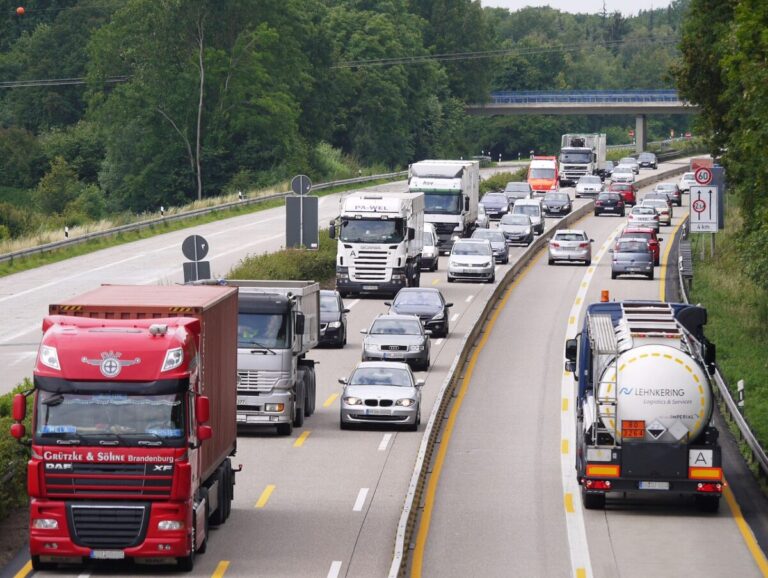An expert commission led by Federal Minister of Transport Volker Wissing (FDP) has made a new proposal regarding the THC limit in traffic, which could have significant implications for cannabis consumers and road safety. The commission recommends raising the limit to 3.5 nanograms of Tetrahydrocannabinol (THC) per millilitre of blood serum, a significant departure from previous regulations.
Background of new proposal
The previous situation was characterised by strict regulations that practically excluded the consumption of cannabis and driving. Once the THC level reached 1.0 nanogram, fines and licence revocation were threatened. Many deemed this regulation disproportionate as it didn’t differentiate between occasional and regular consumption and imposed penalties even for traces of THC in the bloodstream.
The proposed increase in the THC limit to 3.5 nanograms per millilitre of blood serum is viewed positively by some politicians and experts. Kristine Lütke, the drug policy spokesperson for the FDP parliamentary group, emphasises that this threshold protects both road safety and the freedom of consumers. Similarly, Isabel Cademartori, the transport policy spokesperson for the SPD parliamentary group, views the previous regulation as disproportionate.
The expert commission argues that the new limit better identifies cannabis consumers who are actually under the influence of the substance and therefore pose an increased risk in traffic. In contrast, an absolute zero limit for THC in the blood, as some have demanded, would not be practical and would amount to a ban on consumption.
It’s important to note that THC can still be detectable in the blood days after the last use with regular consumption. However, the new limit aims to sanction only those whose consumption is directly related to driving. The expert commission also recommends an absolute alcohol ban while driving for all cannabis consumers, as mixed consumption poses an increased risk in traffic. This underscores the need for a holistic approach to road safety in connection with the consumption of cannabis and other substances.
Next steps
To legally establish the new THC limit, an amendment to the Road Traffic Act is required. Until then, the previous one-nanogram threshold will remain in place.
Overall, the proposed change in the THC limit in traffic could represent a more balanced approach to the issue, taking into account both road safety and the individual freedoms of cannabis consumers. It remains to be seen how policymakers will react to this proposal and what specific measures will ultimately be taken to improve road safety while defining the legal framework for cannabis consumption.
